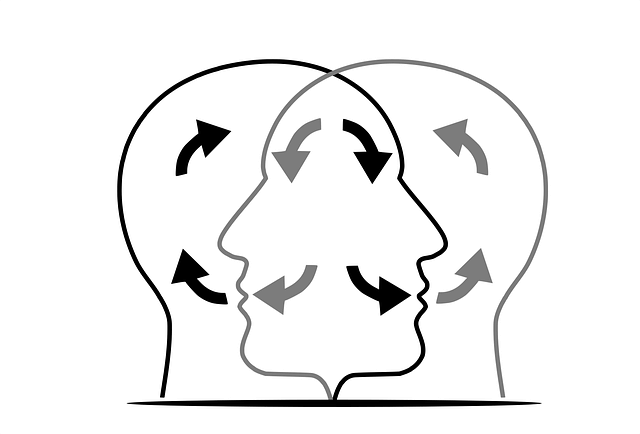What is fallacy? Types of fallcay and origins. Information on fallacy.
Fallacy; an error in reasoning, usually a mistaken inference that appears plausible and represents a faulty or illogical conclusion. Often the word fallacy is used to designate any error whatsoever, but this is a misuse that will not be discussed here.
Logic is sometimes referred to as the ability to reason correctly, but it is more properly defined as the evaluation of the relationships between statements that are usually given with the intention of offering an argument.
Sound reasoning has to do with the ways in which the statements of an argument are related to each other. When statements are connected in a manner that follows rules of inference, the connection is said to be valid. The validity of an argument cannot be established without a check on the accuracy of the application of these rules of logic.
Rules of inference define proper derivability— that is, they designate the kinds of statements that may be derived from certain given kinds of statements. Generally, the final statement is called the conclusion, and the others are called premises. To state an argument or reach a conclusion that appears, on superficial examination, to follow these rules of inference but that actually breaks them is to commit a fallacy.

Source : pixabay.com
Types of Fallacy:
Logicians classify fallacies in many ways. They may distinguish, for example, between formal fallacies—that is, those that lie in the formal structure of an argument— and nonformal fallacies. They may subdivide the latter class into verbal fallacies, which result from the ambiguity of certain words or phrases, and material fallacies, which allegedly have to do with the matter in the statements of an argument. Without pursuing such doubtful distinctions, it is possible to describe several general categories into which one or another of the most frequently committed fallacies fall:
- Arguments are made that suggest that the evidence encompasses more of the possible data than it does. Overgeneralizations are drawn from information that, though it may be relevant, is unscrutinized, biased, or incomplete. No inference may be considered valid if it rests on limited or biased samples. A familiar example of such a fallacy is attributing to all of the members of a racial or ethnic group the qualities assumed to exist in a few of its members.
- Arguments are made in which the meaning of a word or phrase is changed in a manner that assures the conclusion. Switching or extending the sense of a term—especially easy to do when the term has a legitimate double meaning —permits the argument to carry. This is called equivocation and is one of the commonest of fallacies. It can lead one to reach the conclusion that steel is a chemical element, since iron is a chemical element, the chemical elements include metals, and both iron and steel are metals. The flaw is in the failure to distinguish between the two meanings of the term “metals,” one reT ferring to a class of chemical elements and the other to a class of manufactured products.
- Arguments are made that suggest that the origins of an idea or event determine its status or quality. The genesis of ideas and states of affairs should always be separated from their evaluation. It may not properly be inferred, although it may be assumed, that the source of certain matter decides its value. The argument “they wouldn’t print it if it weren’t true,” as a supposed validation of a newspaper story, is a common example of this, which may be a fallacy, or may be an assumption about the paper in question, be that assumption true or false. It does not follow that since it is printed it is true, though it may well be that in fact it is printed because it is true.
- Arguments are made that suggest a causal relationship between events or states of affairs due to their chronological sequence, an assumption summed up in the Latin phrase post hoc, ergo propter hoc (“after this, therefore because of this”). Although an event may follow another event in time, it may not logically be argued that time order proves that the first was the cause of the second or that the second was the effect of the first. Even if there is a true causal law illustrated in time sequences of cause and effect, the conclusion from the time sequences to causality is a fallacy.
- Arguments are made in which considerations of value are derived from matters of fact. What “ought to be,” however, may not validly be inferred from what “is.” For example, the fact that the world is becoming increasingly urban cannot be used as a justification for the argument that people “should” or “were meant to” live in cities.
The exposure of both fallacies (4) and (5) is usually attributed to the 18th century philosopher David Hume.

Source : pixabay.com
Origins:
Logical rules of inference have been evolved over a long period of time by philosophers, logicians, and mathematicians. In the Western world, they have been developed, refined, and added to since at least the time of the ancient Greeks.
The first reference to fallacies is found in Greek literature, where they are called sophisms, a term derived from the name of a school of philosophers of the 5th century b. c. Certain Sophists were accused by Plato of engaging in subtly deceptive reasoning, a process that has therefore come to be known as “sophistry,” especially since Aristotle, who first presented canons of formal logic, also presented a doctrine of the fallacies, which he called by this name. There is serious question, however, whether the Sophists were any more guilty of this charge than were many other philosophers.